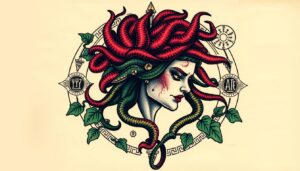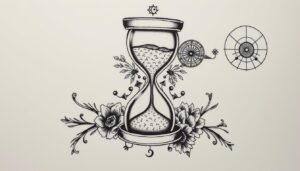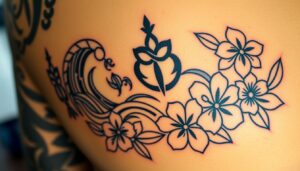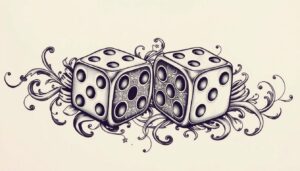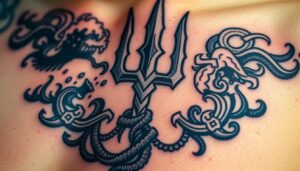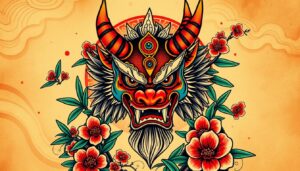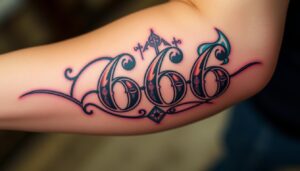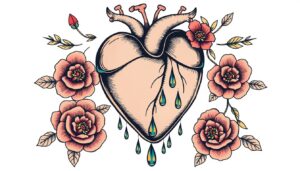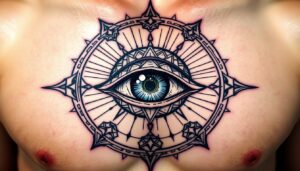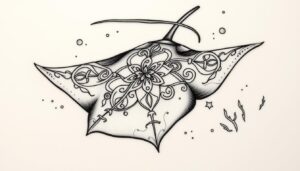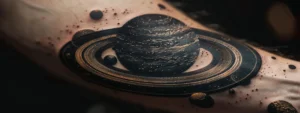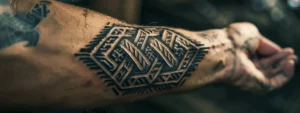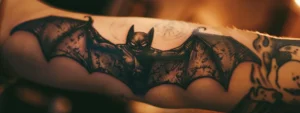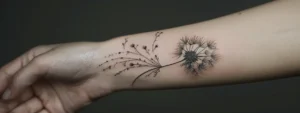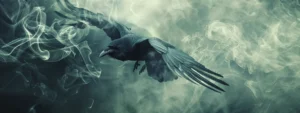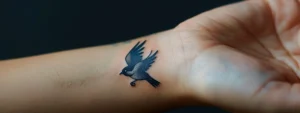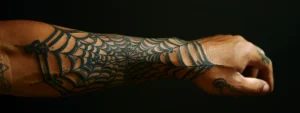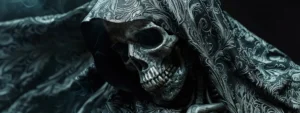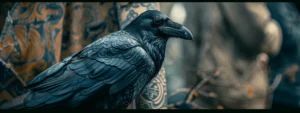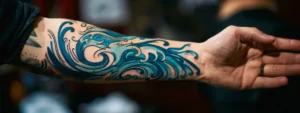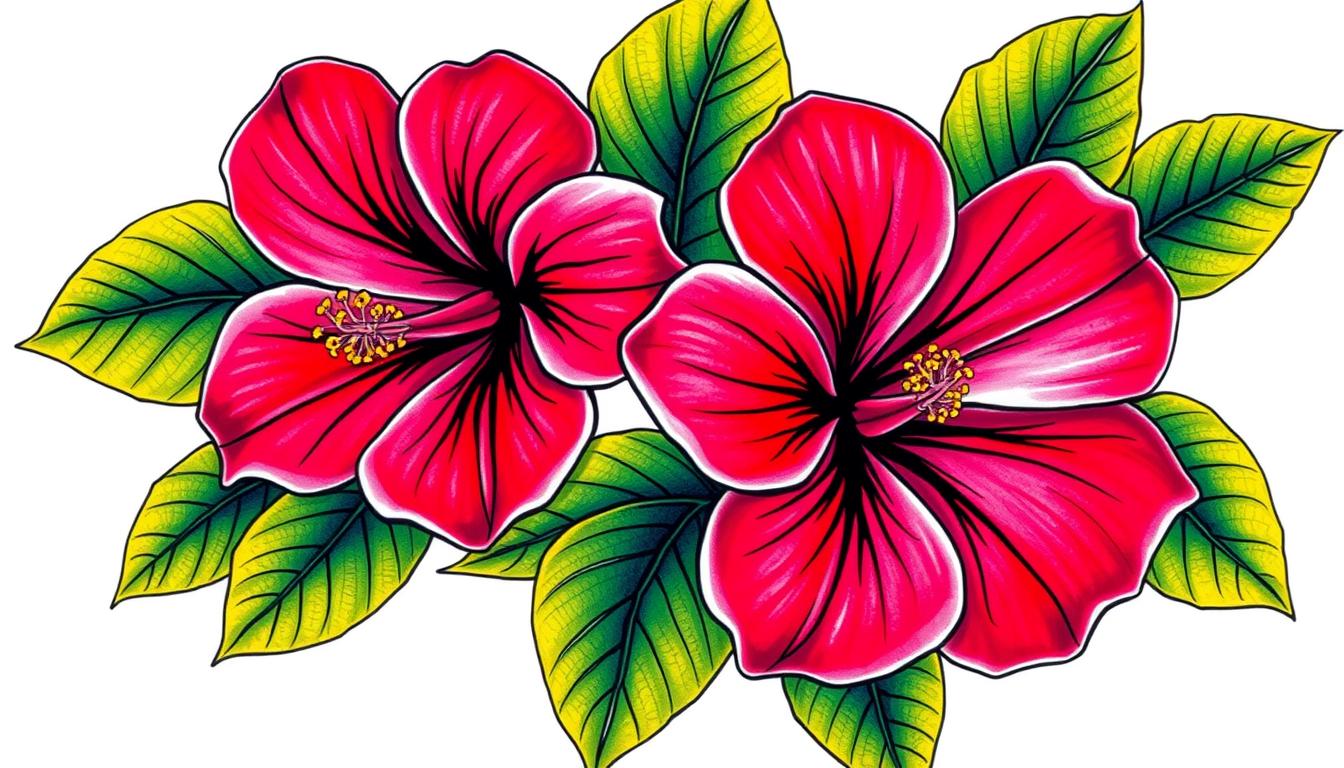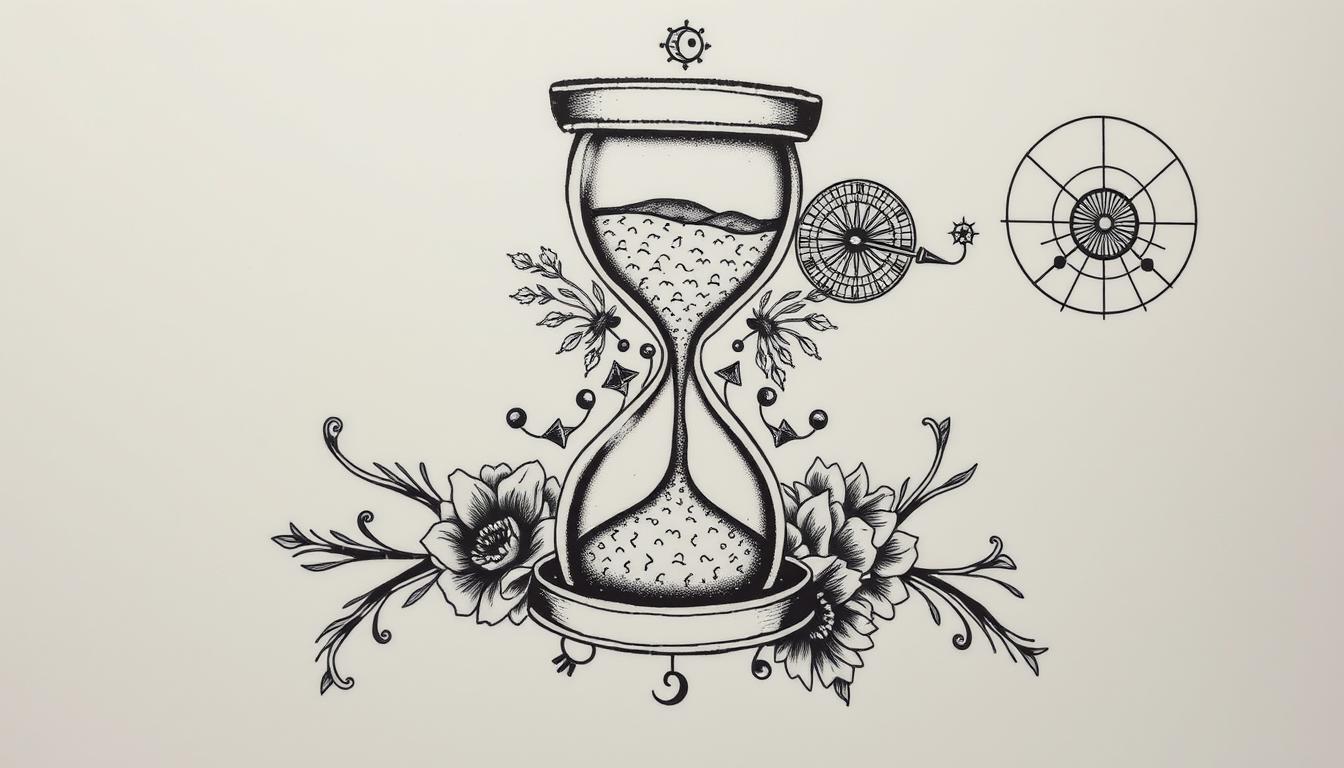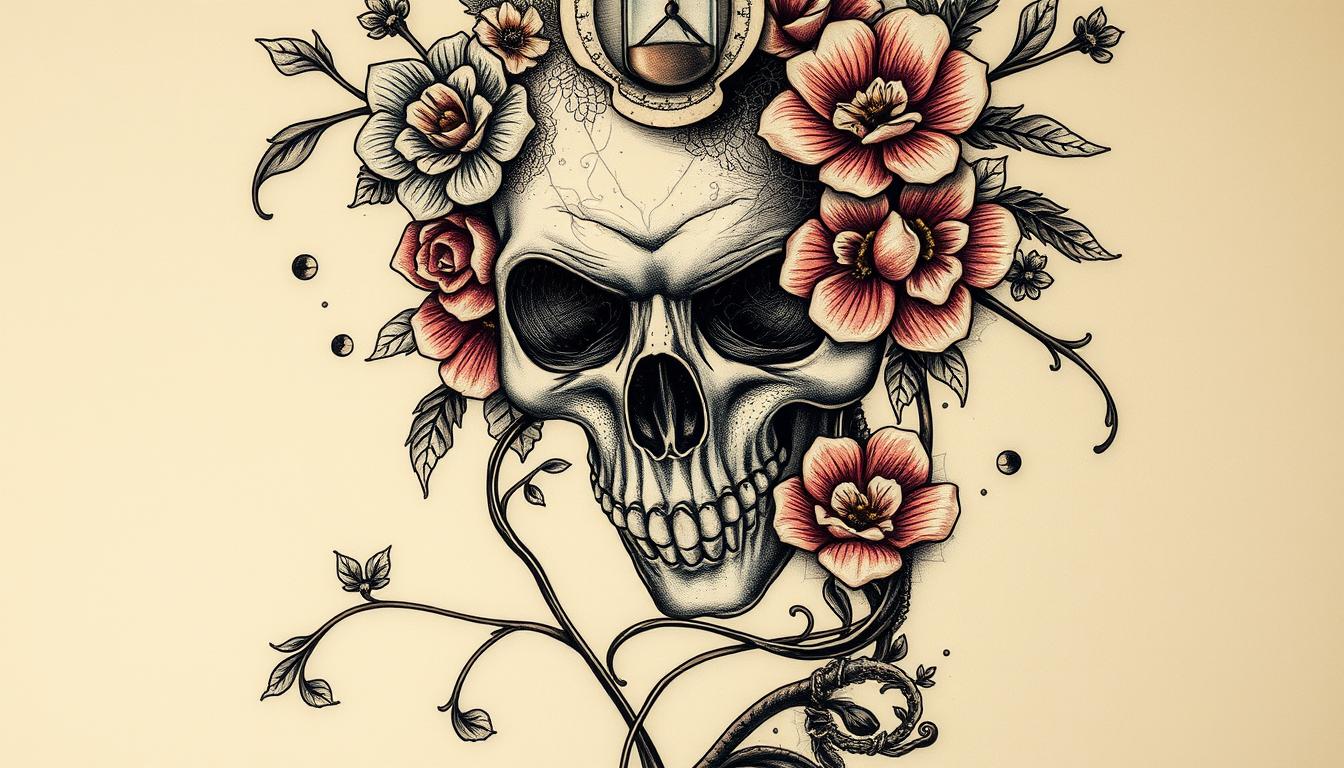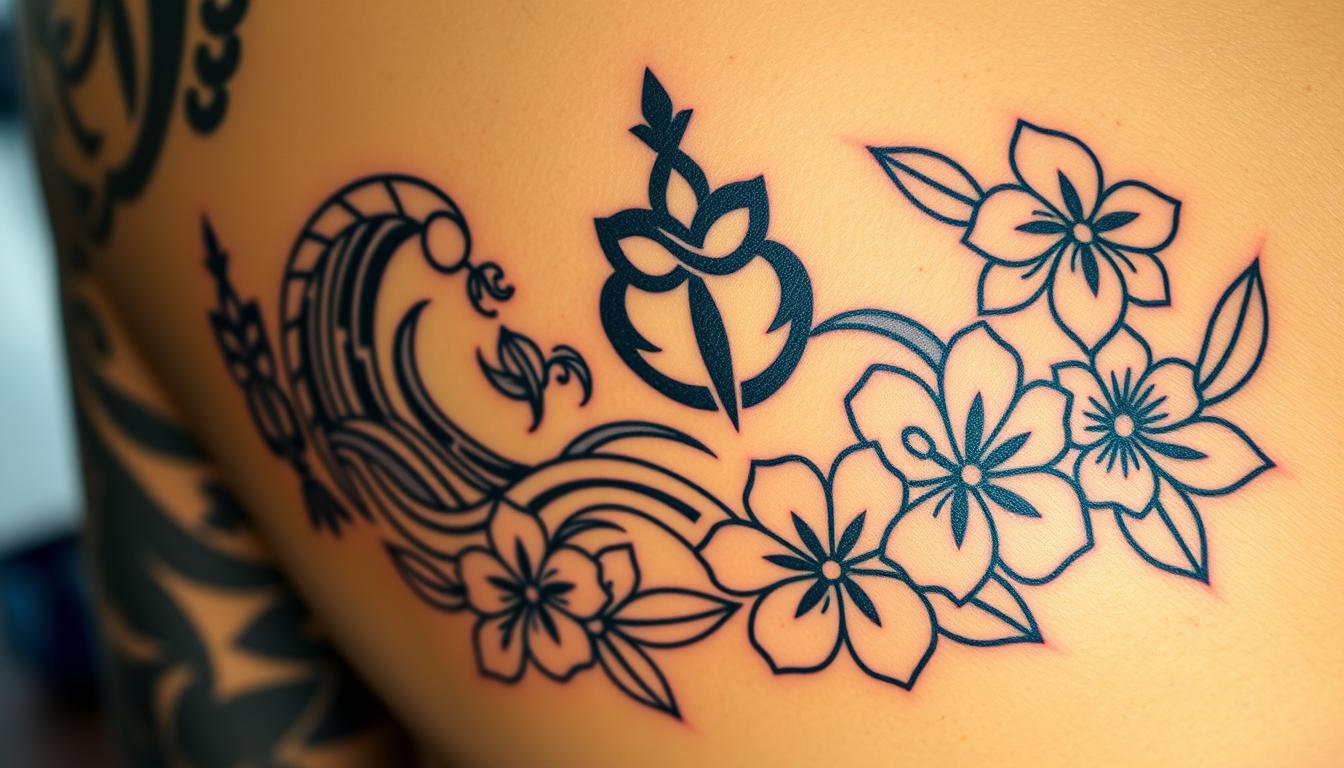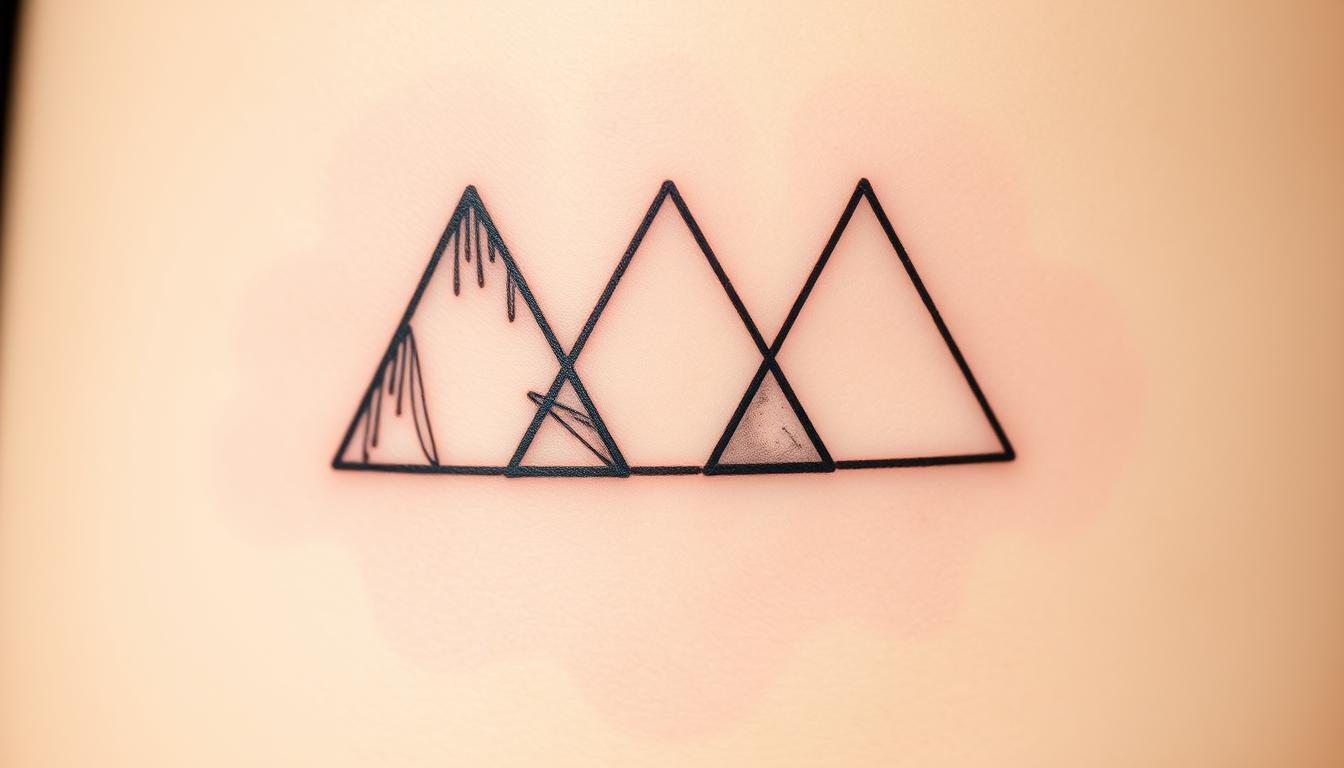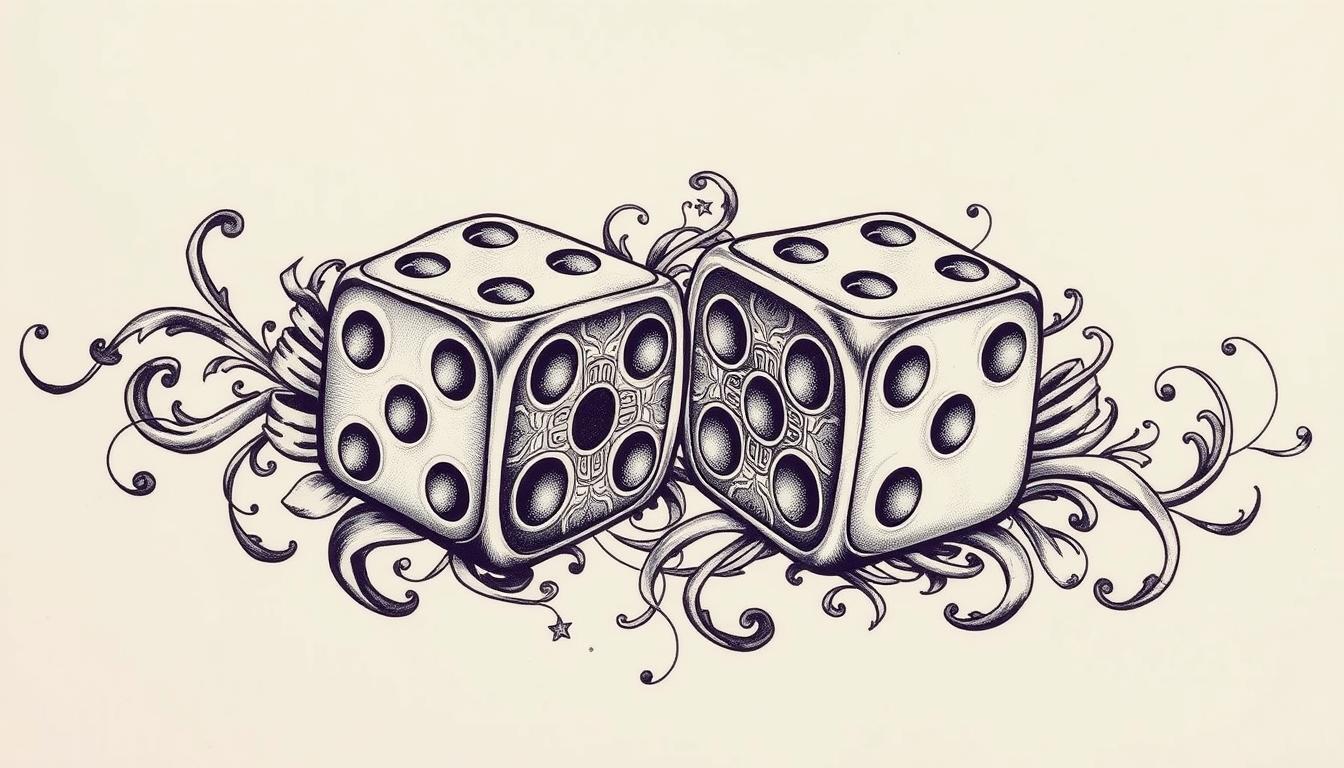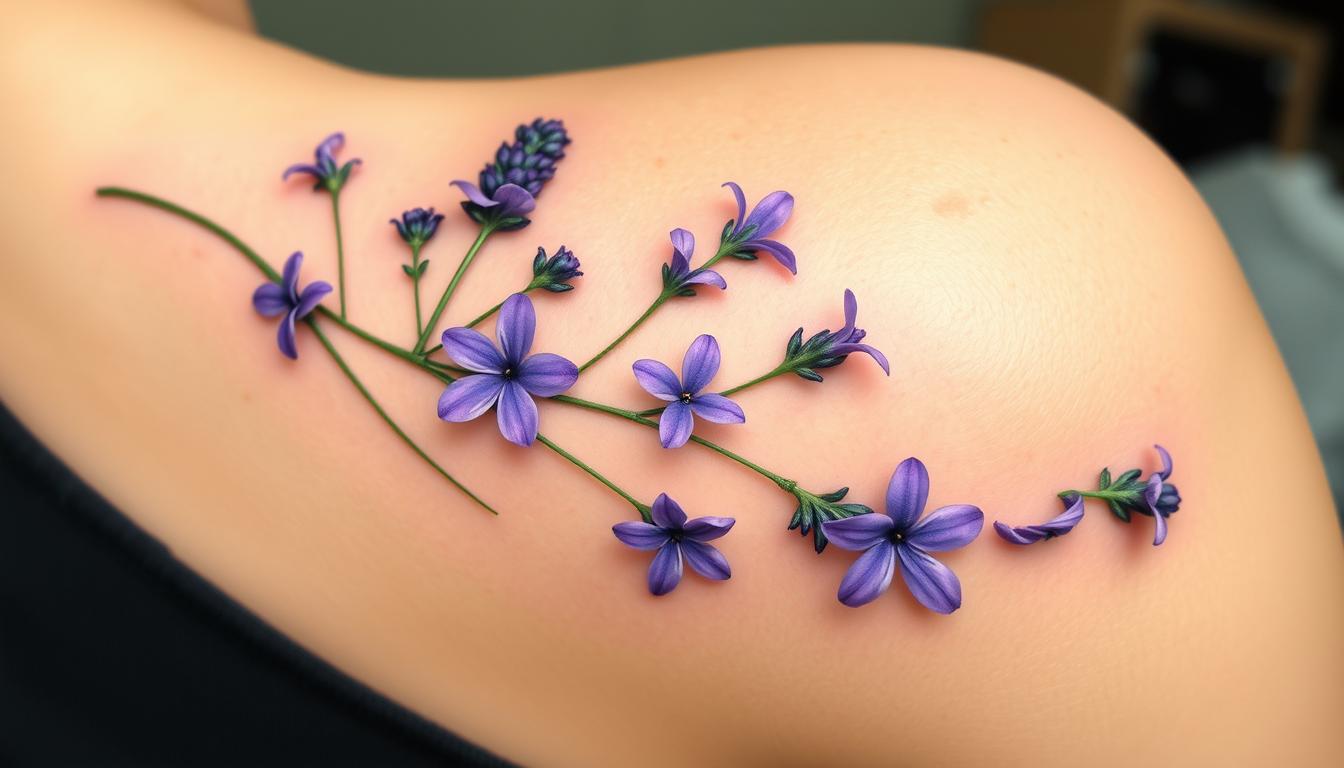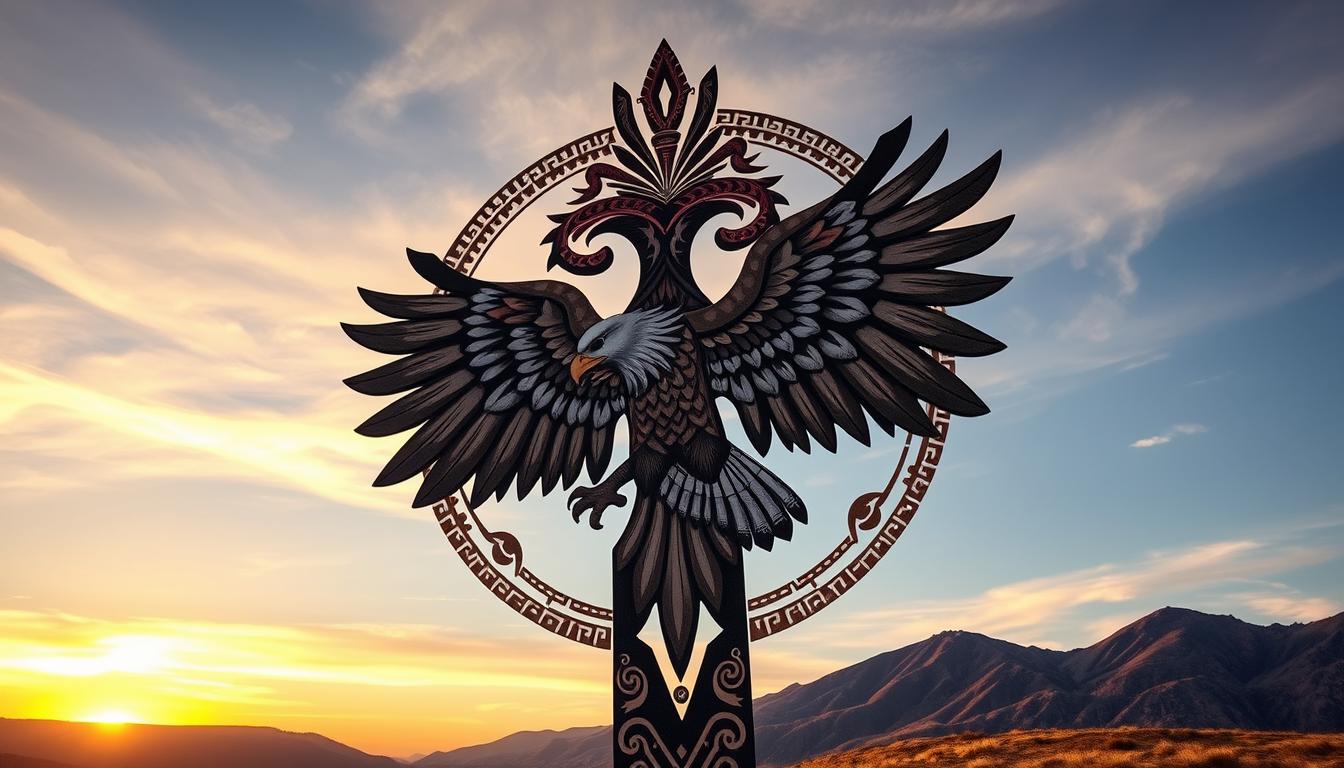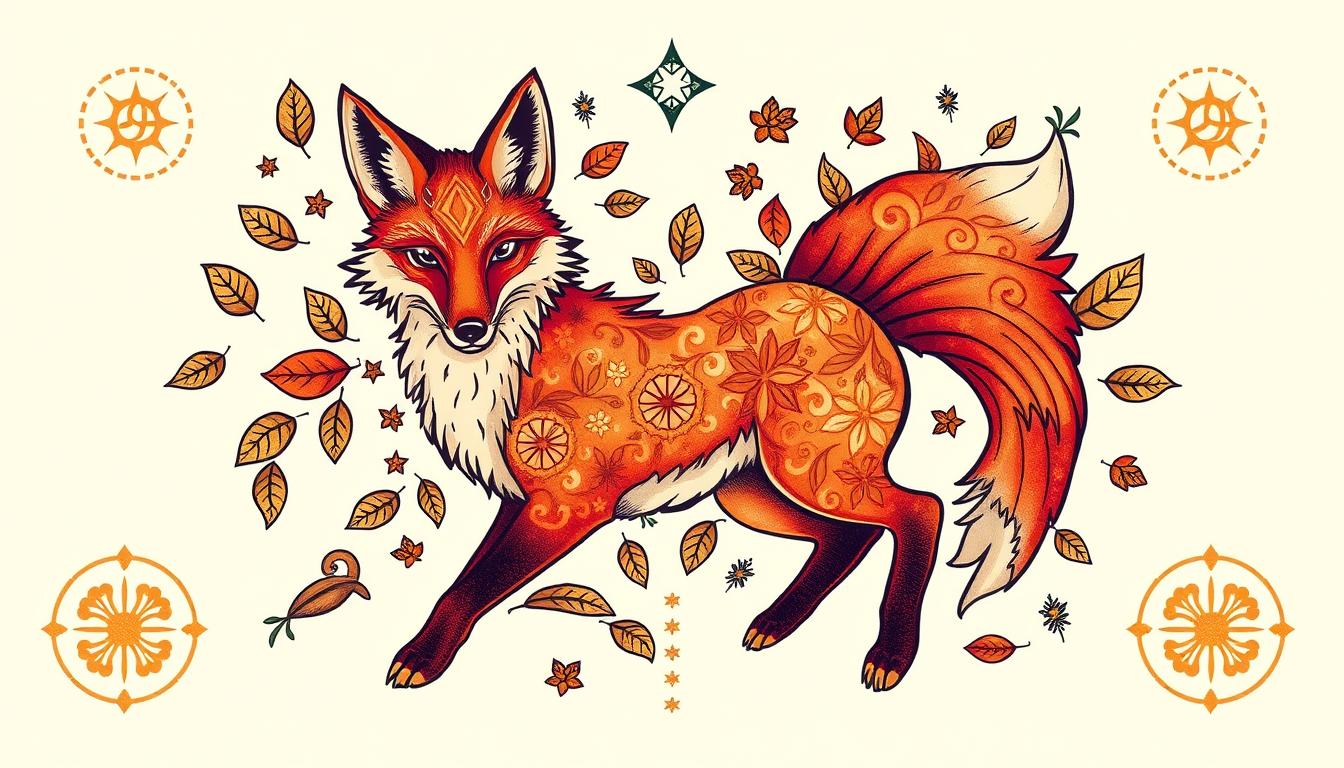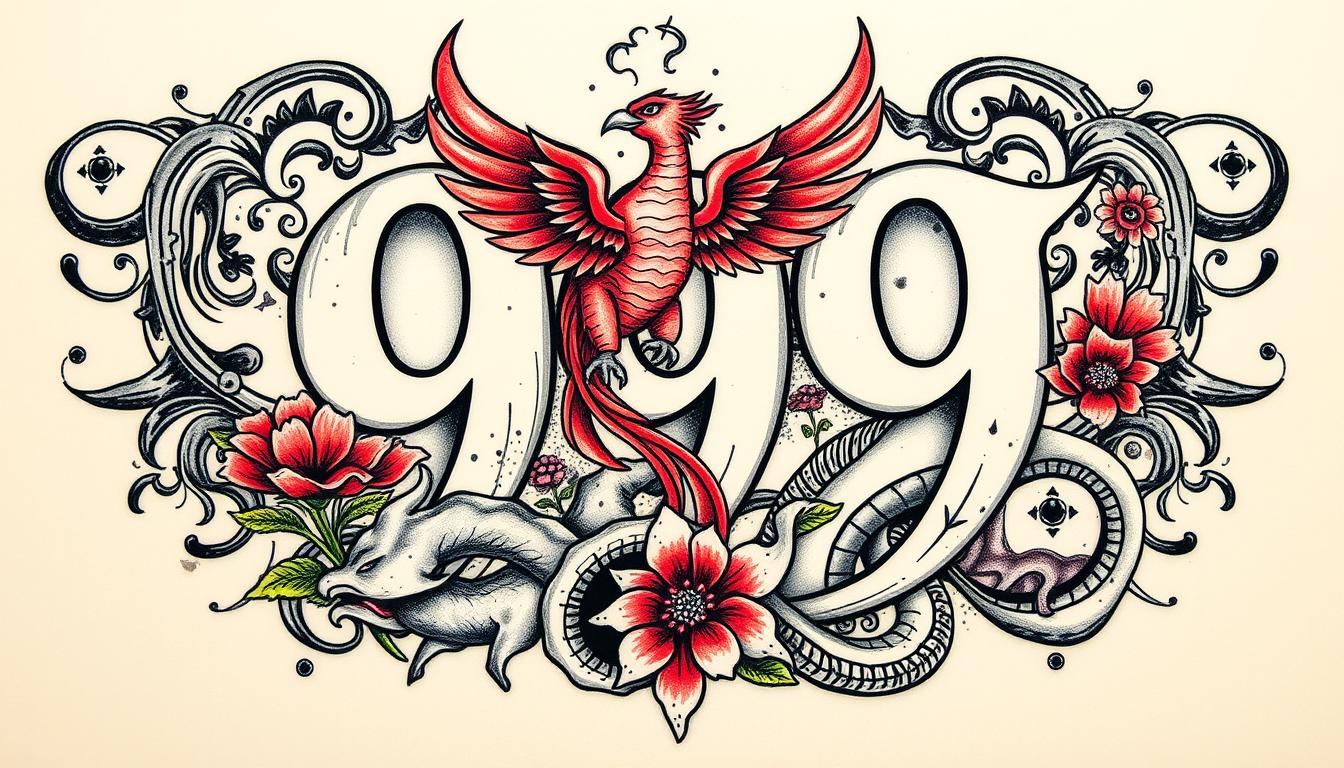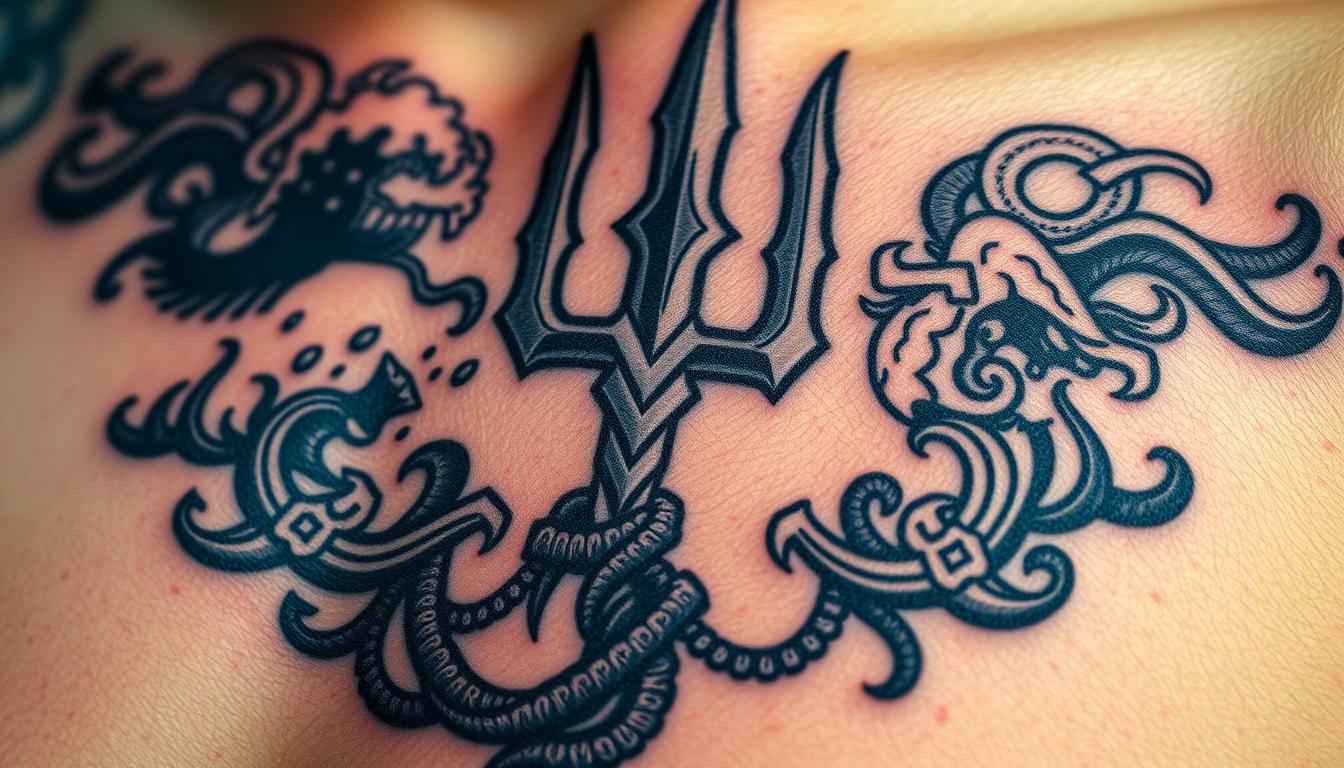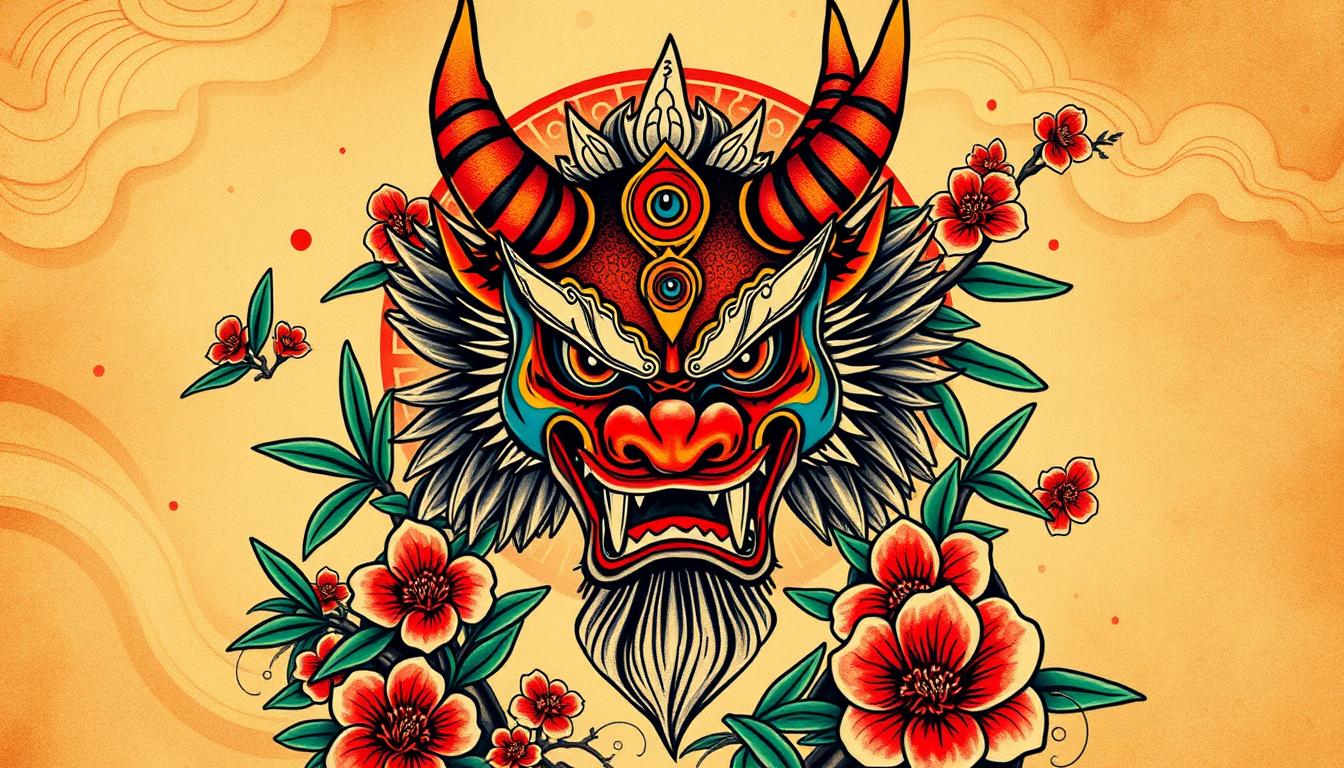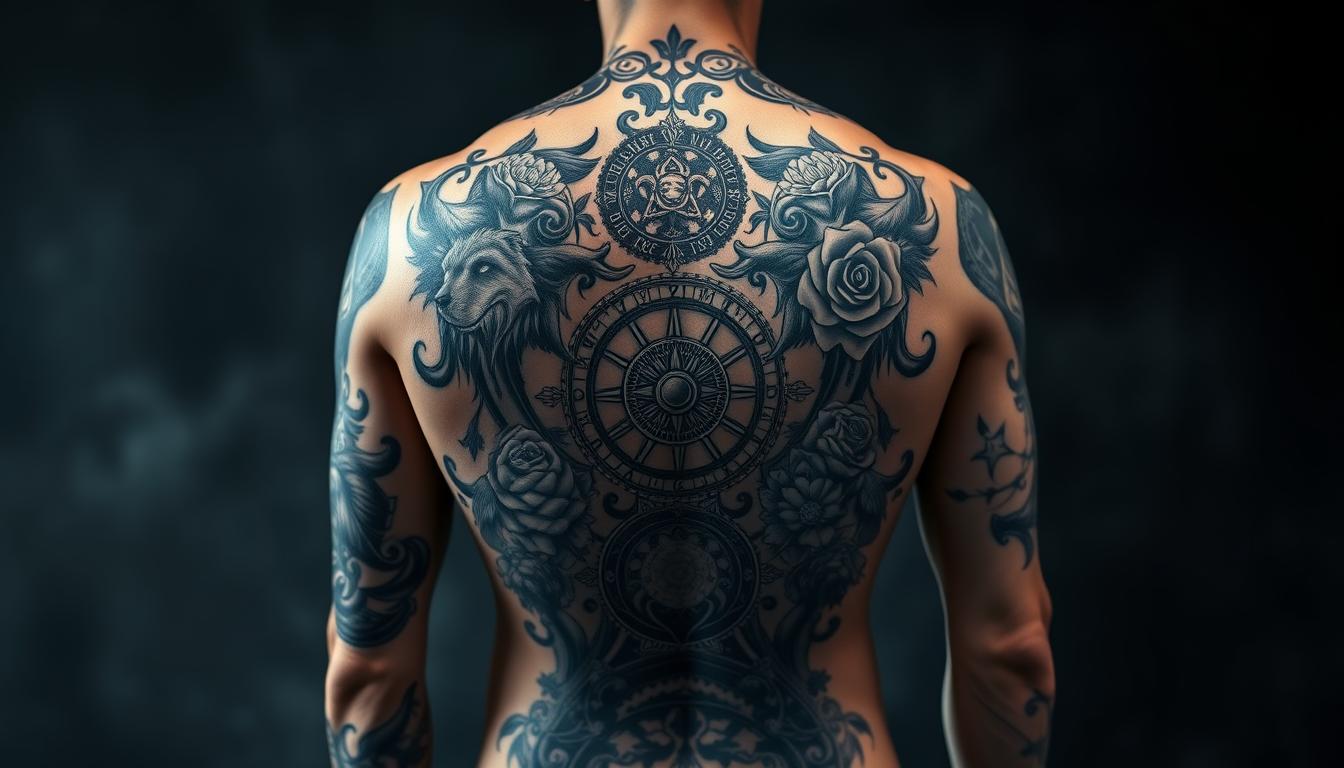Wave tattoos have surged in popularity, but what do they truly represent? This article explores the deep symbolism behind wave tattoos, uncovering their historical significance, personal meanings, and cultural impact. We’ll delve into how tattoo artists incorporate waves into their designs, drawing inspiration from iconic works like “The Great Wave off Kanagawa.” Whether you’re considering a wave tattoo to connect with the ocean or express your love for nature, we’ll guide you through choosing the right design and understanding its psychological impact. Discover how these fluid, artistic representations can become powerful symbols of your journey.
Key Takeaways
- Wave tattoos have deep cultural roots and symbolize power, change, and connection to water
- Modern wave tattoos incorporate diverse styles, from minimalist to hyper-realistic designs
- Placement and design complexity affect the visual impact and personal meaning of wave tattoos
- Wave tattoos often represent healing, mindfulness, and personal identity for many wearers
- Proper aftercare and choosing an experienced artist are crucial for a successful wave tattoo
The Historical Significance of Wave Tattoos
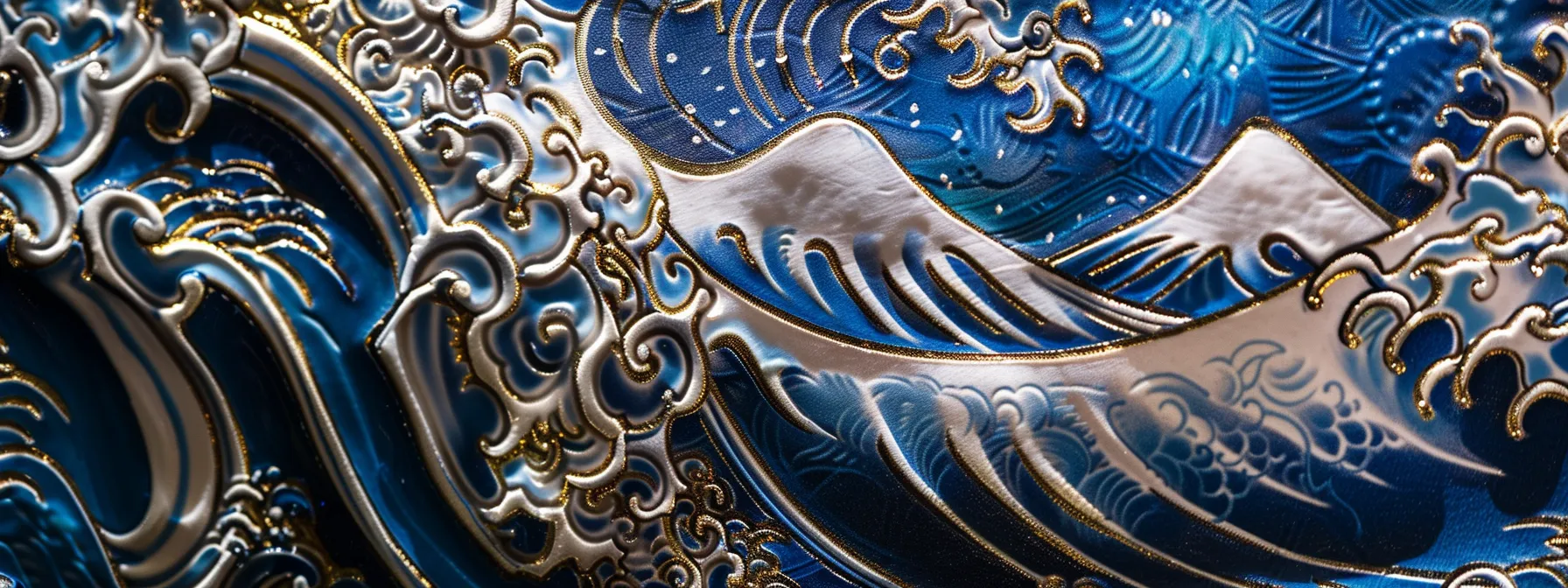
Wave tattoos have deep historical roots across cultures. This section explores ancient wave symbols, Japanese tattoo art, Polynesian traditions, and nautical themes. From minimalist designs to vibrant blue hues, wave tattoos have evolved while retaining their connection to water and the sea. Understanding these historical meanings provides insight into the enduring appeal of wave tattoos.
Exploring Ancient Cultural Meanings of Wave Symbols
Wave symbols have held significant cultural importance across ancient civilizations, often representing the power and beauty of water. In many cultures, these designs adorned the skin, particularly on the arm, symbolizing a deep connection to the sea. The intricate wave patterns found in ancient artifacts and artwork showcase the enduring appeal of this natural phenomenon, influencing tattoo designs that continue to captivate people today. Here’s a brief overview of wave symbolism in different cultures:
| Culture | Wave Symbolism |
|---|---|
| Ancient Greek | Power of Poseidon, god of the sea |
| Egyptian | Nile River’s life-giving properties |
| Celtic | Eternal movement and change |
| Polynesian | Navigation and life’s journey |
Understanding Waves in Japanese Tattoo Art
Japanese tattoo art, known as irezumi, often features wave designs that hold deep symbolic meaning. The iconic “Great Wave off Kanagawa” by Hokusai has inspired countless wave tattoos, representing the power and unpredictability of life. In traditional Japanese tattooing, waves symbolize strength, adaptability, and the ebb and flow of existence. These intricate designs, often combined with other elements like koi fish or dragons, create visually striking tattoos that embody the rich cultural heritage of Japan.
Waves as Represented in Polynesian Traditions
Polynesian cultures have a rich tradition of wave tattoos, deeply rooted in their seafaring history. These intricate designs, often featured on the arm or leg, symbolize the ocean’s power, life’s journey, and spiritual connection to water. Polynesian wave tattoos incorporate specific patterns and motifs that represent navigation, protection, and adaptability. The significance of these tattoos varies across different island cultures, as shown in the following table:
| Polynesian Culture | Wave Tattoo Meaning |
|---|---|
| Hawaiian | Connection to ancestors and nature |
| Maori | Strength and determination |
| Samoan | Life’s journey and overcoming obstacles |
| Tahitian | Harmony with the ocean and its rhythms |
Nautical Themes and Sailors’ Wave Tattoos
Wave tattoos have long been associated with sailors and maritime traditions. These designs, often featuring stylized waves or ocean scenes, served as symbols of a sailor’s experience, voyages, and connection to the sea. The placement of wave tattoos on the arm or chest held significance, with specific designs indicating milestones in a sailor’s career or commemorating long voyages. Here’s a brief overview of common nautical wave tattoo meanings:
| Wave Tattoo Design | Meaning |
|---|---|
| Single Wave | Crossing the equator |
| Three Waves | Sailing all seven seas |
| Breaking Wave | Surviving a shipwreck |
| Calm Sea | Safe return from a voyage |
Personal Meanings Behind Wave Tattoos
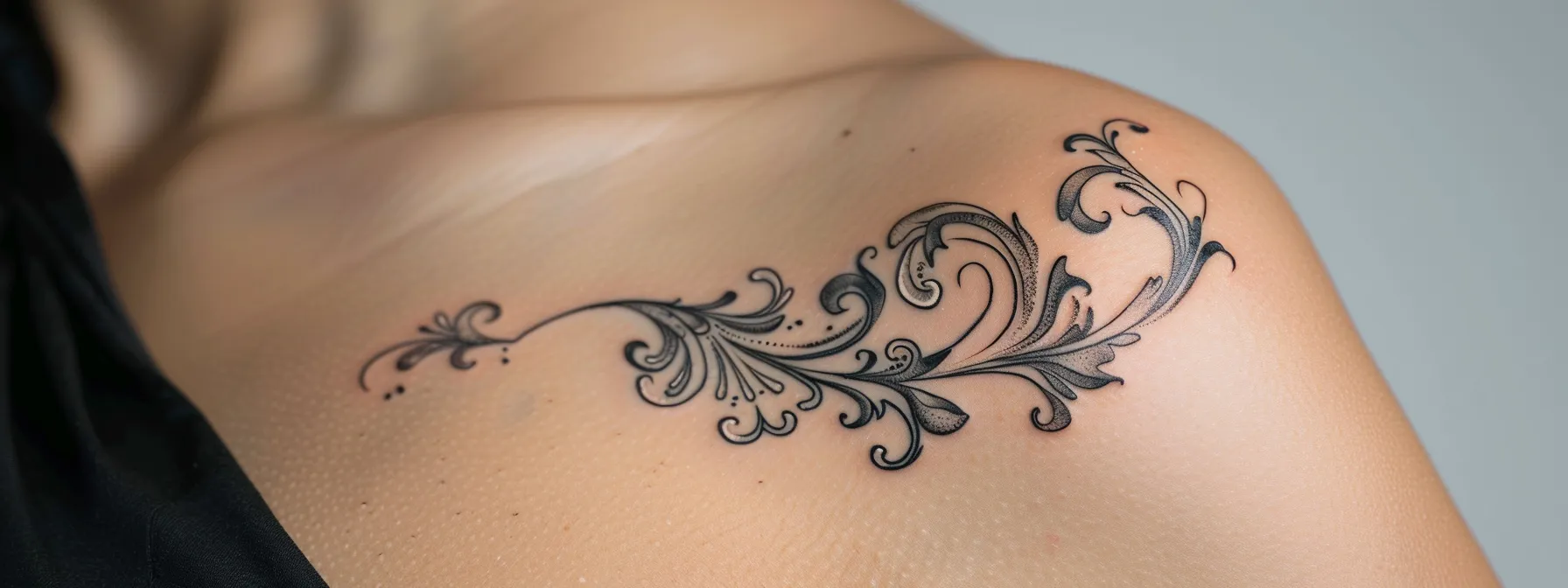
Wave tattoos hold personal significance for many individuals, symbolizing various aspects of life experiences and emotions. These designs represent life’s ups and downs, emotional transformation, resilience, and connection to the ocean. Each interpretation reflects the wearer’s unique journey and perspective, making wave tattoos deeply meaningful and versatile symbols.
Symbolizing Life’s Highs and Lows
Wave tattoos often represent the ebbs and flows of life, symbolizing both triumphs and challenges. The undulating pattern of waves serves as a visual metaphor for the constant changes individuals experience, with crests representing high points and troughs depicting low moments. This symbolism resonates with many people who choose wave tattoos to commemorate personal growth, resilience, and the ability to navigate life’s unpredictable nature.
Representing Emotional Depth and Transformation
Wave tattoos often symbolize emotional depth and personal transformation. These designs represent the ebb and flow of feelings, mirroring the constant changes in one’s inner emotional landscape. Many individuals choose wave tattoos to commemorate significant life events or periods of personal growth, using the imagery to reflect their journey of self-discovery and emotional evolution. The dynamic nature of waves serves as a powerful metaphor for the transformative power of emotions and experiences:
- Cresting waves: Representing emotional highs and moments of joy
- Troughs: Symbolizing periods of introspection or challenges
- Breaking waves: Signifying emotional breakthroughs or overcoming obstacles
- Calm waters: Depicting inner peace and emotional stability
Waves as a Metaphor for Resilience
Wave tattoos serve as a powerful metaphor for resilience, representing the ability to withstand and overcome life’s challenges. The constant motion of waves, their strength to erode even the toughest rocks, and their ability to always return to shore symbolize the human capacity to endure, adapt, and persist. Many individuals choose wave tattoos to remind themselves of their inner strength and ability to bounce back from adversity, drawing inspiration from the relentless nature of the ocean.
Honoring a Connection to the Ocean
Wave tattoos often symbolize a profound connection to the ocean, reflecting an individual’s deep affinity for marine life and coastal environments. These designs serve as a permanent reminder of cherished memories, such as growing up near the sea, surfing experiences, or transformative beach vacations. For many, wave tattoos represent a spiritual bond with the ocean’s vastness and power, embodying a sense of freedom, adventure, and respect for nature’s forces.
Wave Tattoos in Modern Art and Culture
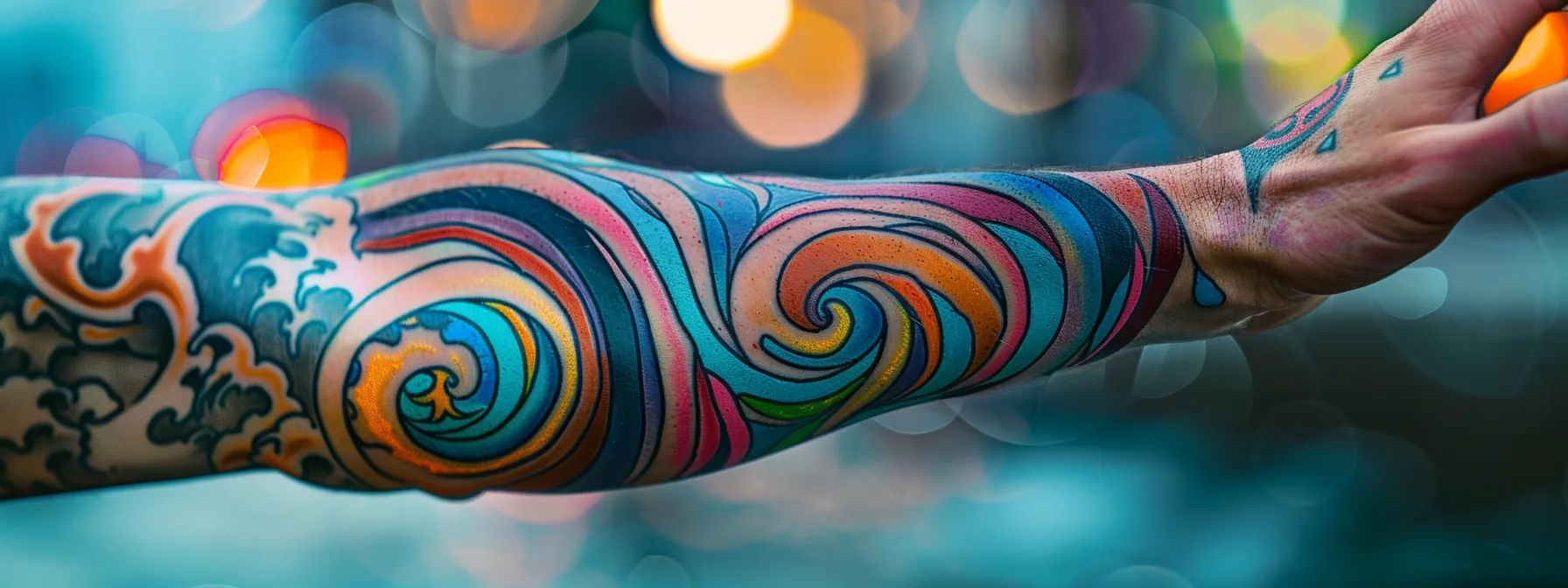
Wave tattoos have evolved in modern art and culture, reflecting contemporary trends and influences. This section explores popular styles and design trends, the impact of contemporary artists, and the significance of wave tattoos in surf culture. These elements contribute to the ongoing popularity and diverse interpretations of wave tattoos in today’s society.
Popular Styles and Design Trends
Modern wave tattoo designs incorporate a variety of styles, from minimalist line work to hyper-realistic depictions. Contemporary trends favor geometric interpretations, watercolor techniques, and abstract representations of waves. Artists often blend traditional elements with innovative approaches, creating unique pieces that resonate with individual tastes. The popularity of blackwork and dotwork techniques has also influenced wave tattoo designs, offering bold, high-contrast options for those seeking a more dramatic aesthetic.
Influences of Contemporary Artists
Contemporary artists have significantly influenced wave tattoo designs, pushing the boundaries of traditional representations. These artists blend modern techniques with cultural symbolism, creating unique interpretations that resonate with today’s tattoo enthusiasts. Their work often incorporates elements of realism, abstract art, and digital imagery, resulting in visually striking and emotionally evocative wave tattoos. The influence of these artists has led to a diverse range of styles, as shown in the following table:
| Artist Style | Wave Tattoo Characteristics |
|---|---|
| Minimalist | Simple line work, negative space |
| Watercolor | Fluid, colorful blends |
| Geometric | Sharp angles, symmetry |
| Photorealistic | Detailed shading, lifelike depiction |
The Role of Wave Tattoos in Surf Culture
Wave tattoos play a significant role in surf culture, representing a deep connection to the ocean and the surfing lifestyle. These tattoos often symbolize a surfer’s passion for riding waves, their respect for the sea’s power, and their commitment to the sport. Many surfers choose wave designs that reflect specific breaks or memorable surfing experiences, creating a permanent reminder of their adventures on the water. In surf communities, wave tattoos serve as a form of identity and camaraderie, instantly recognizable among fellow enthusiasts.
Choosing the Right Wave Tattoo Design
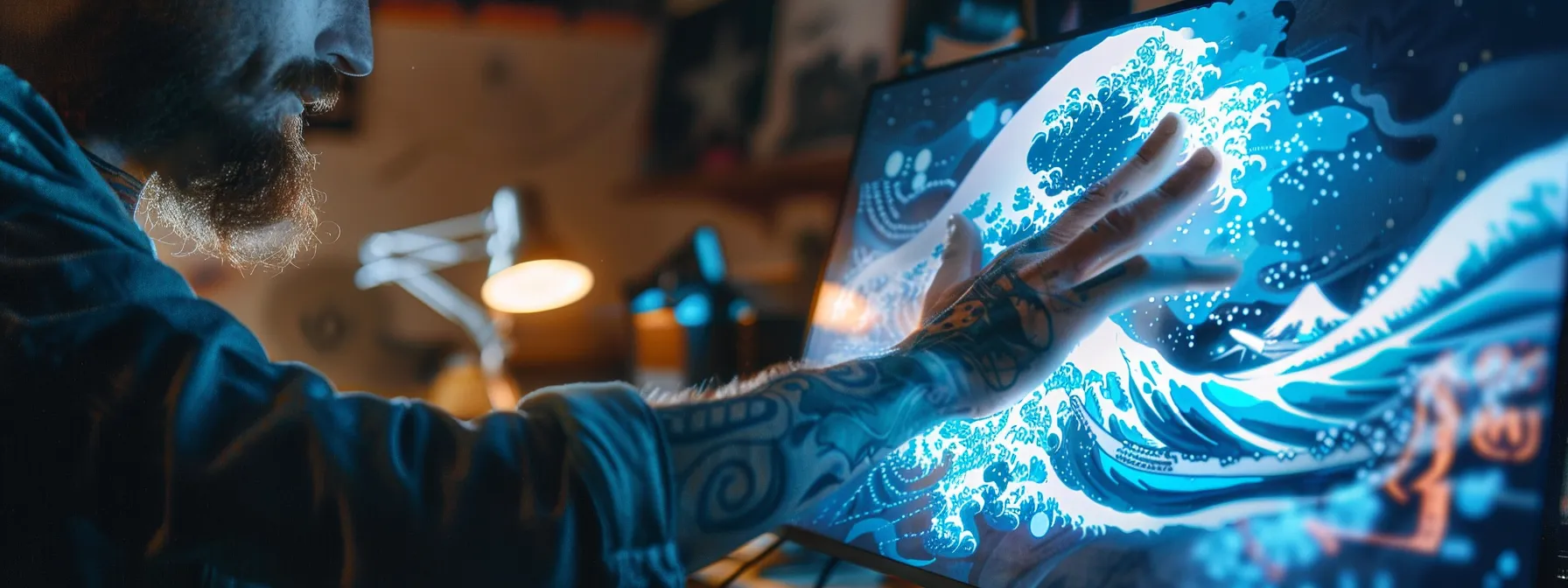
Selecting the ideal wave tattoo design involves careful consideration of various factors. This section explores the choice between simple and intricate designs, ways to incorporate personal elements, and placement options for maximum impact. Understanding these aspects helps individuals create a meaningful and visually appealing wave tattoo that aligns with their preferences and symbolism.
Deciding Between Simple and Intricate Designs
Choosing between simple and intricate wave tattoo designs depends on personal preference and the intended symbolism. Simple designs, such as minimalist line work or small silhouettes, offer a subtle yet powerful representation of waves. These designs work well for those who prefer understated tattoos or have limited space. Intricate designs, featuring detailed shading, realistic depictions, or complex patterns, allow for more elaborate symbolism and artistic expression. These designs often require larger placement areas and longer tattooing sessions but can result in visually striking pieces that capture the dynamic nature of waves.
Incorporating Personal Elements Into Your Tattoo
Incorporating personal elements into wave tattoo designs allows individuals to create unique, meaningful pieces. Artists can integrate symbols, dates, or initials within the wave pattern, adding depth to the tattoo’s significance. For example, a wave design might include a small nautical star to represent guidance or a tiny heart to symbolize love for the ocean. These personalized touches transform a standard wave tattoo into a distinctive representation of one’s experiences, values, or memories connected to the sea.
Considering Placement Options for Maximum Impact
The placement of a wave tattoo significantly impacts its visual appeal and symbolism. Popular locations include the forearm, wrist, ankle, and ribcage, each offering unique advantages for showcasing the design. The forearm provides ample space for detailed wave patterns, while the wrist allows for a more subtle, easily visible design. Ankle placements suit smaller wave motifs, and ribcage tattoos offer a larger canvas for intricate, flowing designs that complement the body’s natural curves. When selecting a placement, individuals should consider factors such as pain tolerance, visibility preferences, and how the design will move with the body.
The Psychological Impact of Wave Tattoos

Wave tattoos hold significant psychological impact, symbolizing healing, renewal, and personal growth. These designs connect individuals to mindfulness practices, promoting inner calm and self-reflection. For many, wave tattoos serve as powerful expressions of personal identity, embodying resilience, adaptability, and a deep connection to nature’s rhythms.
Waves as Symbols of Healing and Renewal
Wave tattoos often symbolize healing and renewal, serving as powerful reminders of life’s cyclical nature. Many individuals choose these designs to represent personal growth, overcoming challenges, or starting anew. The constant ebb and flow of waves mirror the process of healing, emphasizing the idea that change is inevitable and necessary for personal development. This symbolism can provide comfort and inspiration during difficult times, reinforcing the wearer’s resilience and ability to adapt to life’s ups and downs.
Connecting Waves to Mindfulness Practices
Wave tattoos often serve as visual anchors for mindfulness practices, reminding individuals to stay present and centered. The rhythmic nature of waves parallels breathing exercises used in meditation, helping wearers focus on the present moment. Many people with wave tattoos report using their designs as focal points during stress-relief techniques, finding calm by tracing the tattoo’s lines or visualizing the gentle motion of waves. This connection between wave imagery and mindfulness practices enhances the tattoo’s psychological impact, promoting mental well-being and emotional balance.
Expressing Personal Identity Through Wave Tattoos
Wave tattoos serve as powerful expressions of personal identity, allowing individuals to showcase their connection to the ocean, their resilience, or their life philosophy. These designs often reflect the wearer’s values, experiences, or aspirations, becoming visual representations of their inner selves. Many choose wave tattoos to symbolize their adaptability, strength, or love for nature, creating a permanent reminder of their unique qualities and life journey. The versatility of wave symbolism enables people to craft designs that resonate deeply with their personal narratives, making each tattoo a distinct reflection of the individual’s identity:
- Ocean lovers use wave tattoos to express their passion for marine life
- Surfers incorporate wave designs to showcase their dedication to the sport
- Travelers opt for wave tattoos to symbolize their adventurous spirit
- Individuals overcoming challenges choose waves to represent their resilience
- Nature enthusiasts select wave designs to demonstrate their connection to the environment
Frequently Asked Questions About Wave Tattoos
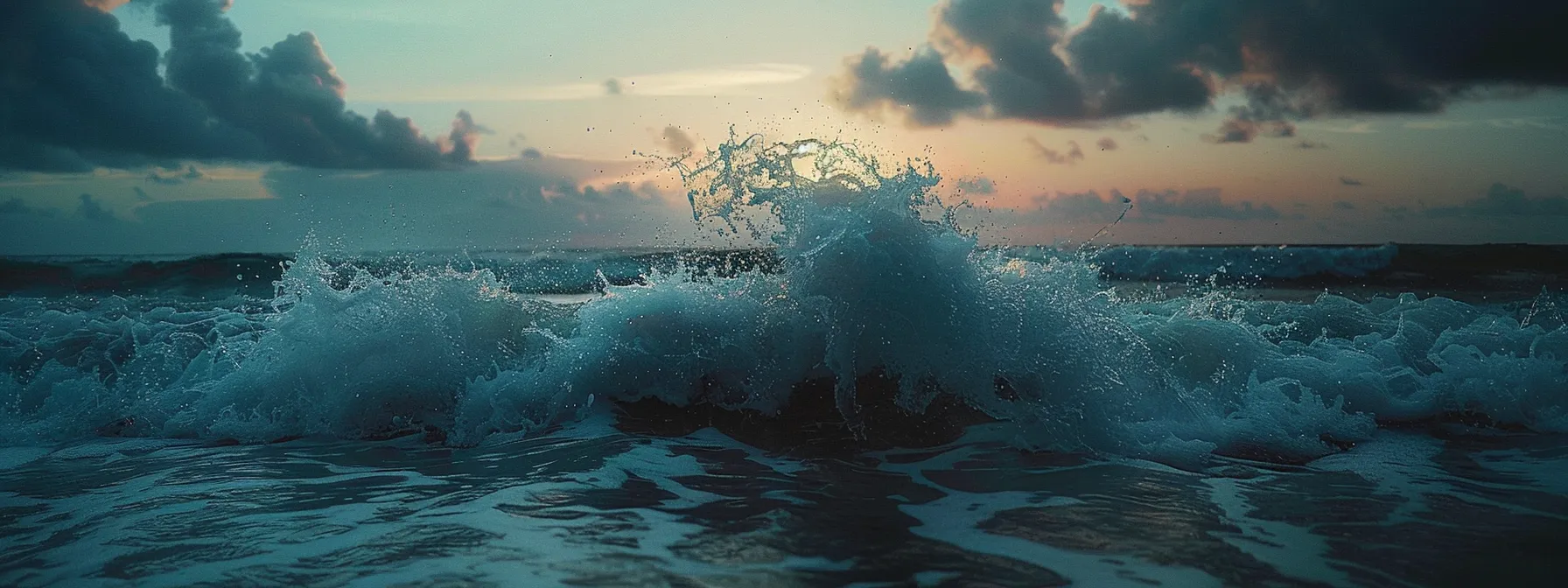
This section addresses common questions about wave tattoos, covering design choices, aftercare, and artist selection. It provides practical tips for maintaining new tattoos and guidance on finding the right artist to bring wave designs to life. Readers will gain valuable insights to make informed decisions about their wave tattoo journey.
Addressing Common Inquiries
Common inquiries about wave tattoos often revolve around their symbolism, design variations, and placement options. People frequently ask about the pain level associated with different tattoo locations and the healing process for wave designs. Many individuals seek advice on customizing their wave tattoos to reflect personal experiences or combining them with other meaningful symbols. Questions about color choices, such as opting for traditional blue hues or exploring more abstract color palettes, are also common among those considering wave tattoos.
Tips for Caring for Your New Tattoo
Proper aftercare is crucial for the healing and longevity of a new wave tattoo. Tattoo artists typically provide specific instructions, which often include keeping the tattoo clean and moisturized, avoiding direct sunlight, and refraining from swimming or soaking the area for several weeks. Individuals should use fragrance-free, gentle cleansers and apply a thin layer of recommended ointment to promote healing. It’s essential to avoid picking at scabs or peeling skin, as this can affect the tattoo’s final appearance.
Selecting the Right Tattoo Artist for Your Design
Choosing the right tattoo artist for a wave design involves researching portfolios, reading reviews, and scheduling consultations. Individuals should seek artists experienced in creating wave tattoos, paying attention to their linework, shading techniques, and ability to capture the fluidity of water. It’s crucial to communicate the desired style, size, and placement clearly, ensuring the artist understands the personal significance of the tattoo. A skilled artist can offer valuable insights on design modifications that enhance the overall aesthetic and meaning of the wave tattoo.
Conclusion
Wave tattoos embody rich cultural heritage and personal significance, representing life’s ebbs and flows, resilience, and connection to nature. These designs blend ancient symbolism with contemporary artistic expressions, offering versatile interpretations that resonate deeply with individuals. The psychological impact of wave tattoos extends beyond aesthetics, serving as powerful tools for mindfulness, healing, and self-expression. By carefully considering design elements, placement, and personal meaning, individuals can create wave tattoos that not only captivate visually but also serve as enduring symbols of their unique journeys and identities.



